How Does A Car Starter Work? A Complete Guide

Have you ever wondered what happens inside the engine of a car to enable the engine to run? Then you have landed on the right page.
So how does a car starter work? And what does it do? Our guide below explains how vital this small, intelligent car part is and why it is so important.
Keep reading to find out how a car starter works with some troubleshooting tips for when it doesn’t.
Car Starter: In a Nutshell
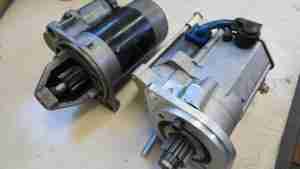
A car starter, also known as a starter motor, is the part of a car that when ‘cranked’, enables the engine to start. It is designed using a DC (direct current) electric motor, and a starter solenoid. The solenoid controls the on/off function of the starter circuit which is connected to the main battery.
In order to work successfully, the car starter needs sufficient energy from the car battery. The starter requires a high electric current to successfully work and this is delivered from the battery through cable wires which are connected to the solenoid circuit.
Once the car engine is fired up, the car starter circuit is essentially ‘turned off’ and will not be needed until the engine needs to be turned again.
How It works
The job of a car starter is to keep the engine turning when it is first ignited. In order for your car to start, air flow is required for the engine to turn so that the fuel can combust. This air flow can only be achieved by suction (which happens as the engine is turning).
Once the starter motor is energized, an electromagnet inside the body pushes out a rod with a pinion gear attached to it. A pinion gear is a starter gear which fits snuggly into the grooves of the ring gear. The pinion gear meets the flywheel which enables the starter to turn. This allows the engine to turn over while creating suction. As this happens, the starter and the electromagnet disengage. The rod disappears back into the starter, disconnecting the pinion gear from the flywheel.
Location Of a Car Starter
In cars with a front-engine layout, a car starter can be found at the back of the engine low down.
Signs Your Car Starter May Be Failing
Strange sounds
The most common sign of a failing car starter is the noise it will make. This is often described as a grinding sound that can be heard when trying to start the car.
If you suspect your car starter is damaged, it is best to get the problem resolved quickly. Electrical problems that are not dealt with can often lead to more damage under the hood of your car, so time really is of the essence.
Smoke
The sight of smoke coming from your engine can be worrying and usually indicates a serious problem. A car starter can overheat if too much power is supplied to it. This can be down to a bad connection or it may have been operated for too long without a break. Smoke from a car in general requires immediate intervention from a professional.
Starter still runs when engine is turned on
A healthy car starter will withdraw from any activity once the engine has successfully turned. Sometimes, the starter will fail to ‘turn off’ which can cause serious damage to the starter system. The most likely explanation is that the contacts within the solenoid will have welded together in a closed position.
Bad battery
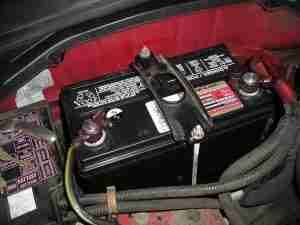
You may have experienced a clicking sound when trying and failing to start your car. This happens when there is not enough power in the battery to supply the starting motor. This is usually the most common problem and is easy to diagnose, particularly in the colder months. You may notice your dashboard lights are illuminated but the engine fails to start. This is because your battery may not have completely ran out of power, it just doesn’t have enough to turn the engine. A replacement battery will soon resolve this issue.
Flywheel disengaged
If the starter does not engage with the flywheel, a whining sound may be heard when you try to start the car. This can be a costly job as the whole component may need to be replaced.
How Is a Faulty Car Starter Tested?
If the root of the problem is the starter, a mechanic will perform a test to find out which particular part is causing the issue.
Firstly, the battery, as well as its cables and terminals, will be checked for any abnormalities.
The starter control circuit is then inspected, starting with the solenoid control terminal. If battery voltage is found in the terminal when the key is in the ignition, this could indicate an issue with the starter motor itself.
How Often Should a Car Starter Be Replaced?
The good news is that a car starter generally lasts between 100,000 and 150,000 miles. Therefore, most drivers never experience the need for a new car starter. However, a car starter can fail prematurely, but it is rare.
Replacing a Car Starter
You can expect to pay around $500 for parts and labor to install a new starter. While this can be frustrating, it is money well spent when you need to get back on the road in a hurry. Hopefully, it is not something you should have to do again either.
A starter can be rebuilt if you really want to save on costs. However, this can be time consuming and it is sometimes worth getting an entire new starter installed.
Final thoughts
A car starter, or a starter motor, is a vital piece of equipment. Without it, your engine will not be able to function and it requires a strong battery.
A healthy car starter should outlast the lifetime of a car, but if not, we hope this article has informed you about what may be the problem, if there ever is one.
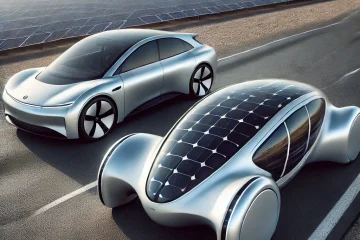

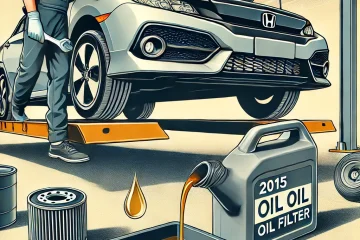
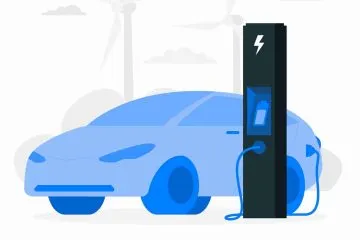








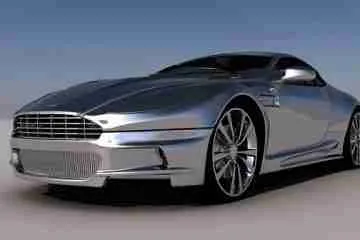
No Comment